🌾 animals and plants just let me in awe 🌾 friend with the best dog in the world 🌾photos, art, books, news(?) about my nature related hobbies 🌾
Don't wanna be here? Send us removal request.
Note
My dog is generally not super cuddly, but after she eats, she often comes and snuggles right up to me and falls asleep. Based on a brief online search, this seems to be a pretty common dog phenomenon. I have seen it suggested that this is how dogs say thank you for giving them a meal. Or that a dog got cuddles after a meal one time and has internalized that as routine. My hypothesis is that the dog just wants to be somewhere safe and protected by their "pack" while they rest and digest. Why do you think dogs like to snuggle after a meal?
I think it's probably going to vary by every dog! But it makes sense that a combination of things could be coming into play, including your idea: digestion uses a ton of energy and tends to make animals sleepy, and having a warm/safe/comfortable place to relax while it happens sounds lovely. It also could be a routine you've built up over time - they came to you once after a meal, you reinforced it, and now it's just a Thing the two of you do.
I would say it's not likely to be a "thank you" as some of what you saw suggested - that's a fairly extreme attribution of a human social behavior to a non-human animal. Your dog knows you provide food and trusts you to provide it and is happy when it appears, but when acknowledging that veers into "and is engaging with primate-normative behavior to communicate with me" it gets a bit anthropomorphic. (Anthropomorphism is important to identify because when it takes over, it kind of... supplants our understanding of what an animal actually thinks/intends/is doing with what we, as humans, would like the answer to be).
Enjoy your snuggles! That sounds like a lovely ritual you both enjoy, regardless of the original cause.
200 notes
·
View notes
Text
New Index: Baby Animals
We need things to make us smile right now, so I'm launching this page earlier than I planned.
This is a new index page - it's a list of all the species where I've got photos of juvenile animals. With previews! And it links out to the full page so you can see all the cute. It's a living page and will be updated as I get more photos online.
Right now, there's...
Gorillas
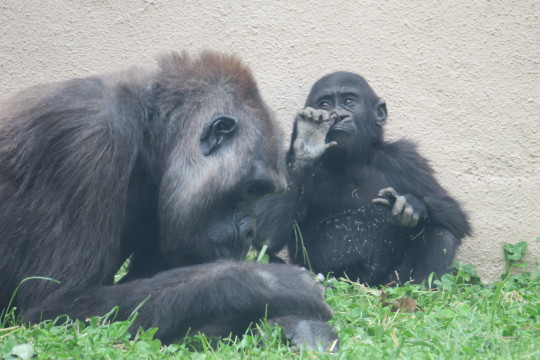
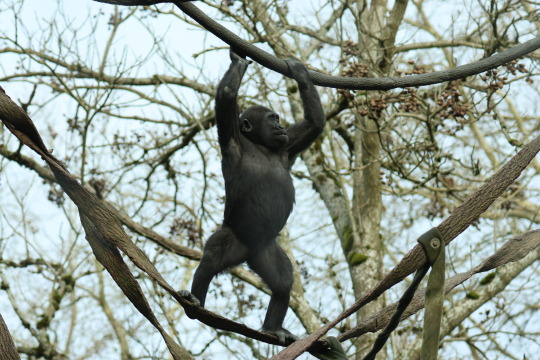
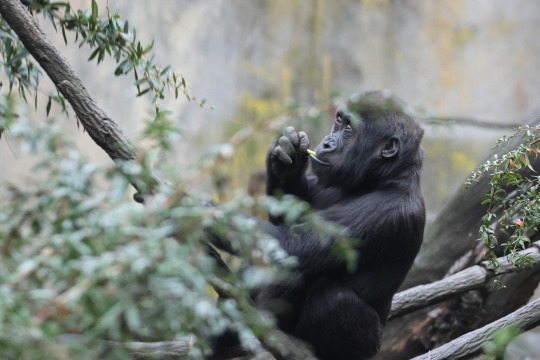
(There's some really neat photos of an extremely fresh baby gorilla being carried by mom - I can't put those on the hellsite because they don't differentiate female-presenting-nipples by species, so you gotta check them out on the page)
Black Rhinoceroses

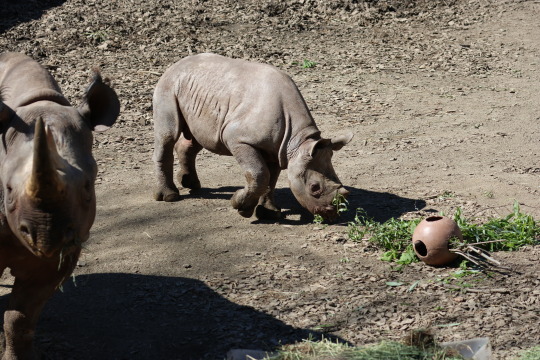
Lions

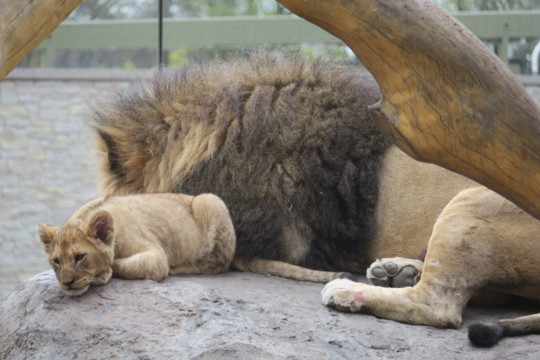
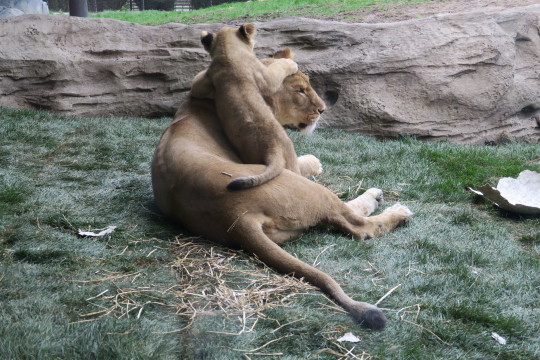
Snow Leopards
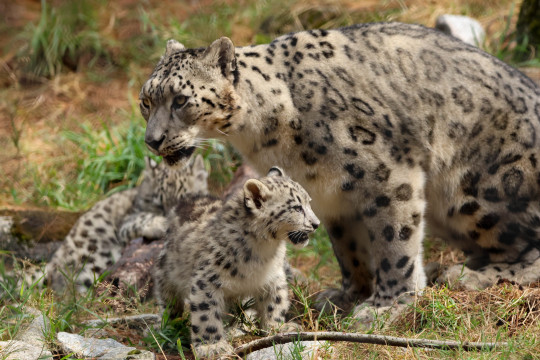
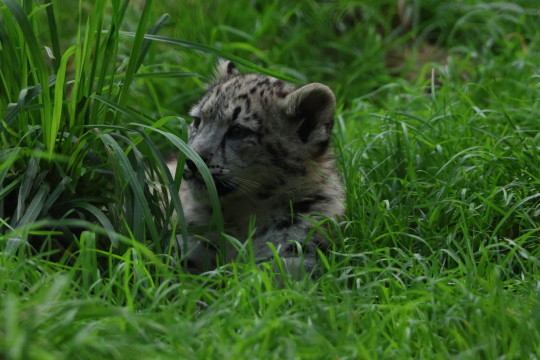
Blackbuck
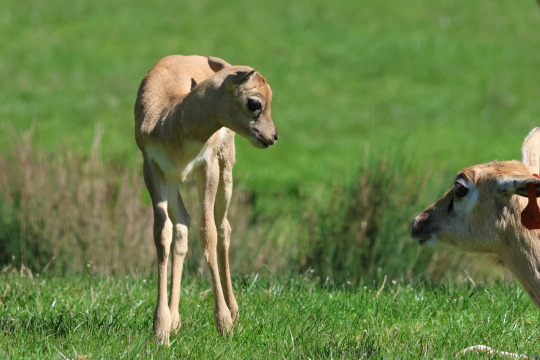
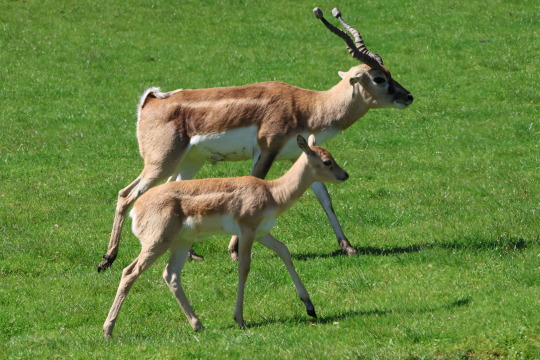
...and more!
Artists creating derivative or transformative works (without AI) have blanket permission to use these and all photos in the repository as references, including works that will/may be sold.
The Exotic Animal Photo Reference Repository is an independent, permanently open-access project and funded entirely by donations, please consider contributing if you can!
**Patreon** -- **Ko-Fi**
814 notes
·
View notes
Text
making potion of iridovirus in the breakroom at work for an iNaturalist sidequest
1K notes
·
View notes
Text

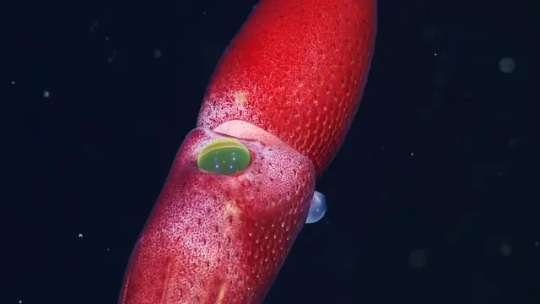
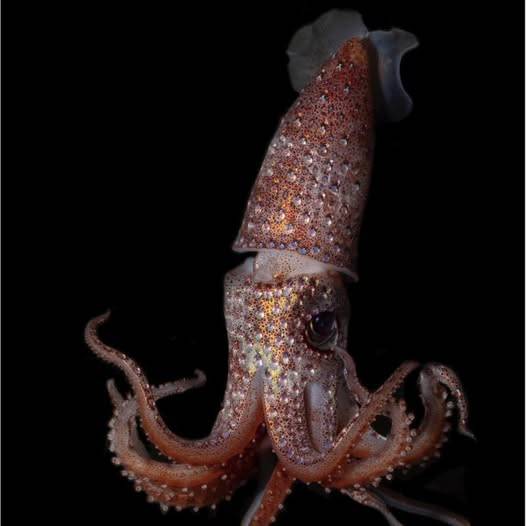
Strawberry Squid (Histioteuthis heteropsis), family Histioteuthidae, found in the deep zones of the Pacific Ocean
photographs via: NOAA Fisheries & MBARI
612 notes
·
View notes
Text
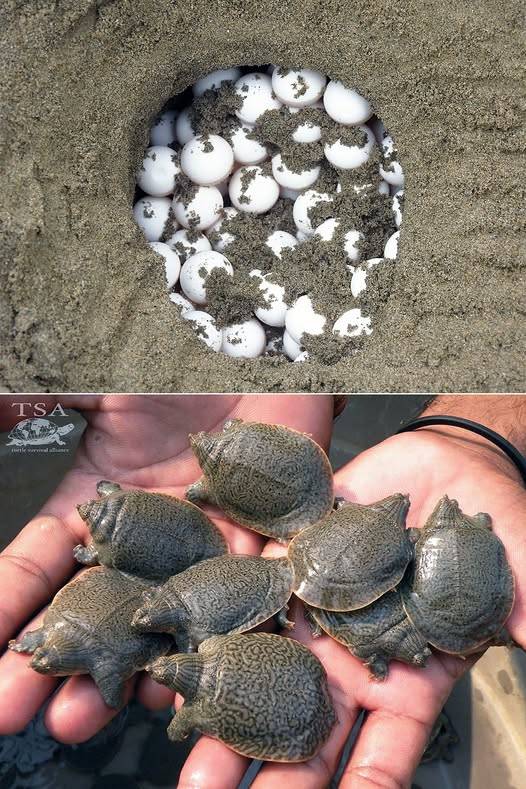
Narrow-headed Softshell Turtle (Chitra indica), nest and hatchlings, family Trionychidae, found in rivers and other waterways of the Indian Sub-continent
ENDANGERED.
Predatory, feeding on a wide variety of small aquatic vertebrates and large invertebrates.
Endangered due to over-harvesting (for food) and habitat degradation.
photographs: Turtle Survival Alliance & Bed Khadka
771 notes
·
View notes
Text

Greater Hog Badger (Arctonyx collaris), family Mustelidae, Kaziranga Tiger Reserve, Assam, India
photograph by Anjan Lal
2K notes
·
View notes
Text


at what point do they let me name it
182 notes
·
View notes
Text
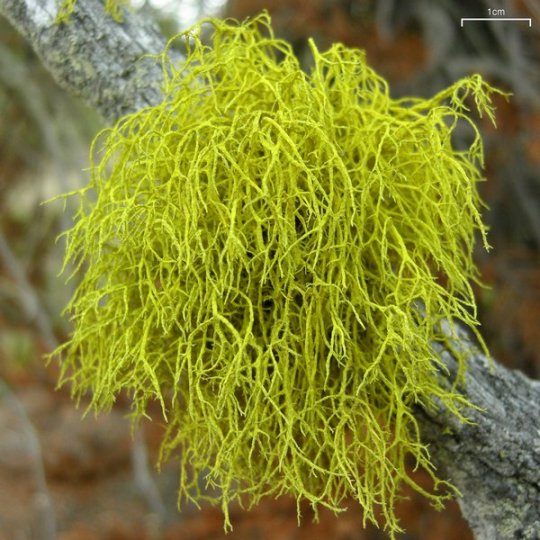





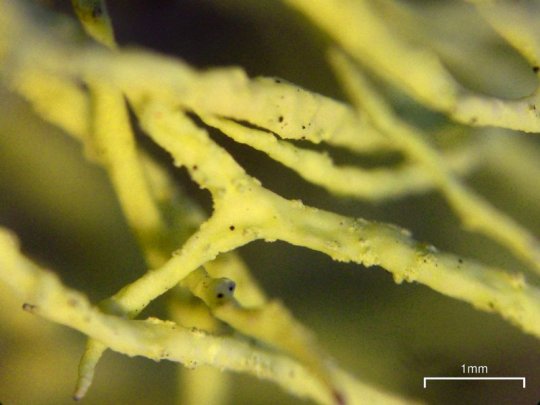
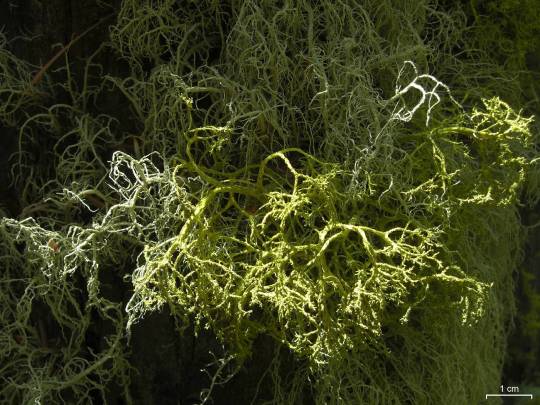
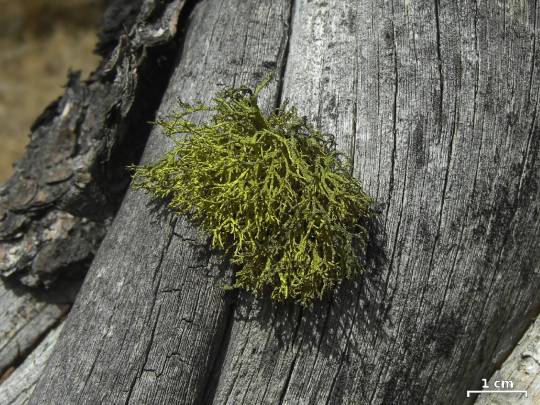
Letharia lupina
Mountain wolf lichen
What is the difference between L. lupina and L. vulpina? Genetics! Annnd not much visually. Supposedly L. lupina is more yellow and L. vulpina is more green. And L. lupina supposedly is more sorediate and less isidiate. Buuuut these characteristics are variable, and so you probably won't know the difference unless you examine the internal algae (apparently different) or the genetics of the lichenized fungi. But hey! You will know for sure it's a Letharia, so there's that. L. lupina is found in montane western North America.
images: source | source | source
info: source | source
262 notes
·
View notes
Text
He is actually a deer
55K notes
·
View notes
Text

Carl Clemens Moritz Rungius (1869-1959). The Intruder. Oil on canvas.
Bonhams
602 notes
·
View notes
Photo

“Culture”-ally stimulating art. Even mold can be beautiful…
by microbiologist Antoine Bridier-Nahmias
via Magical Contamination
70K notes
·
View notes
Text

My foster dog’s adventures in motherhood
42K notes
·
View notes
Text

A bighorn sheep lamb (Ovis canadensis) rests on a cliffside in Zion National Park, Utah, USA
by Tom Hamilton
82 notes
·
View notes



